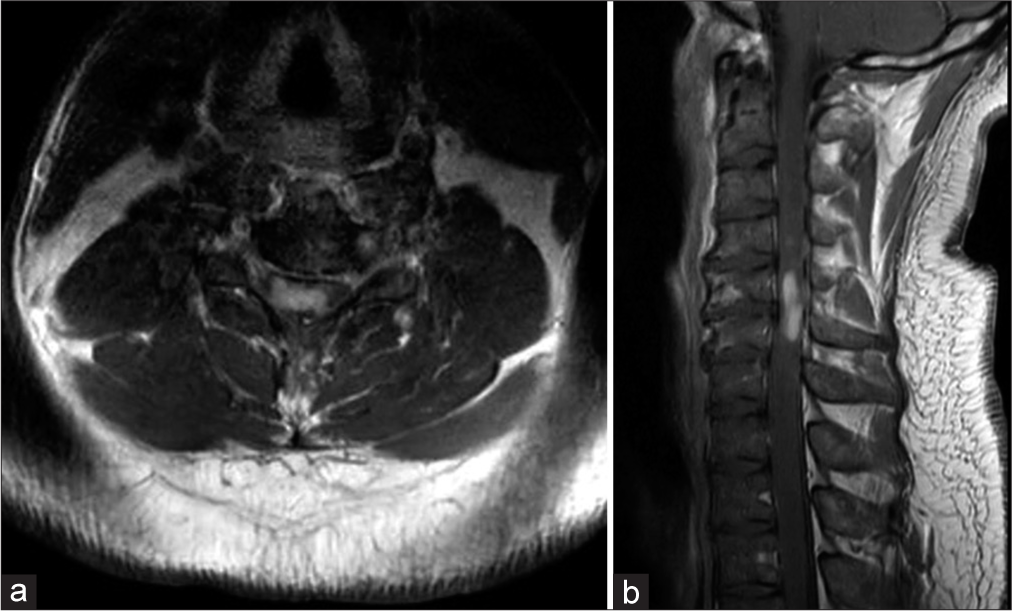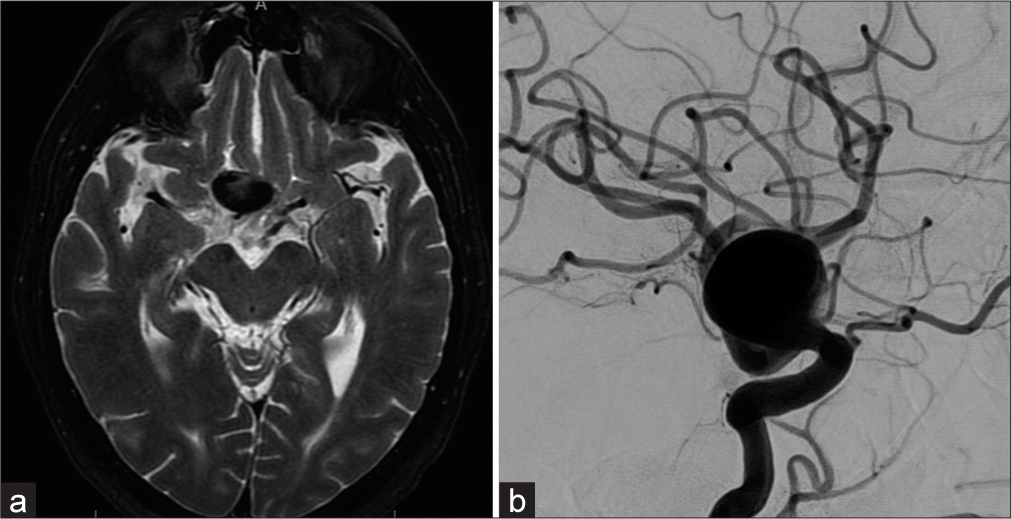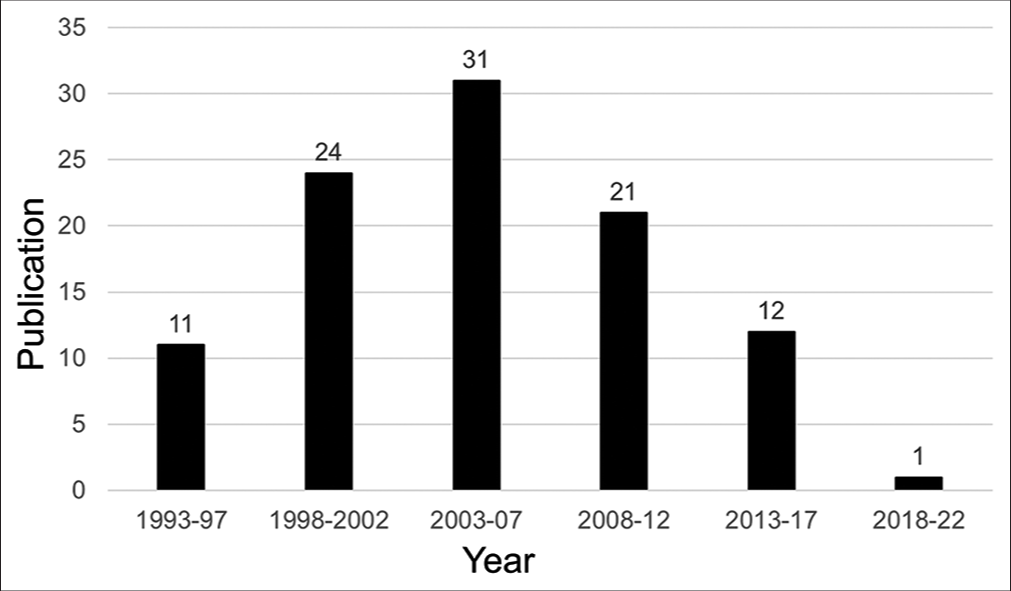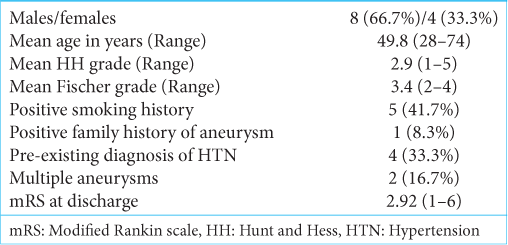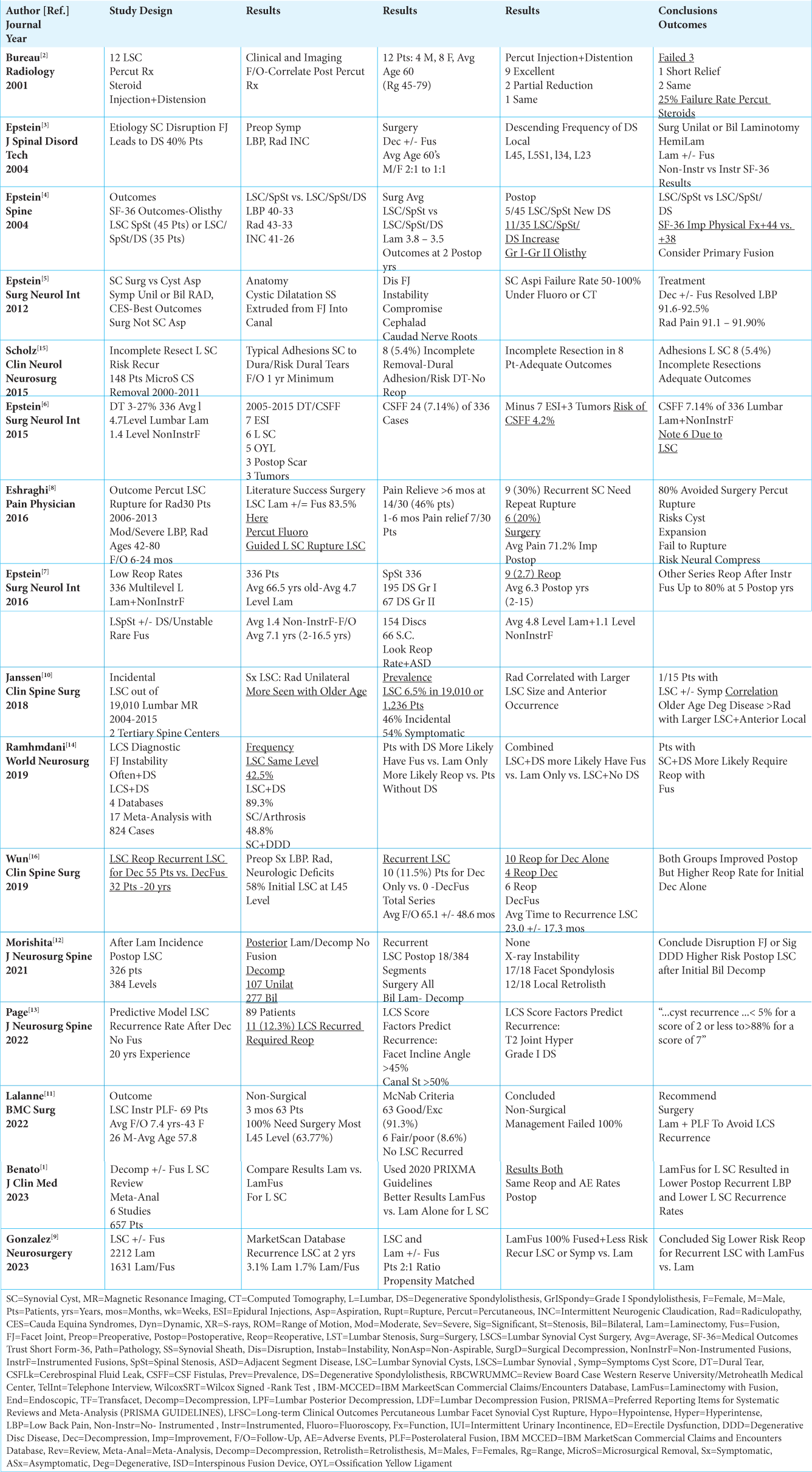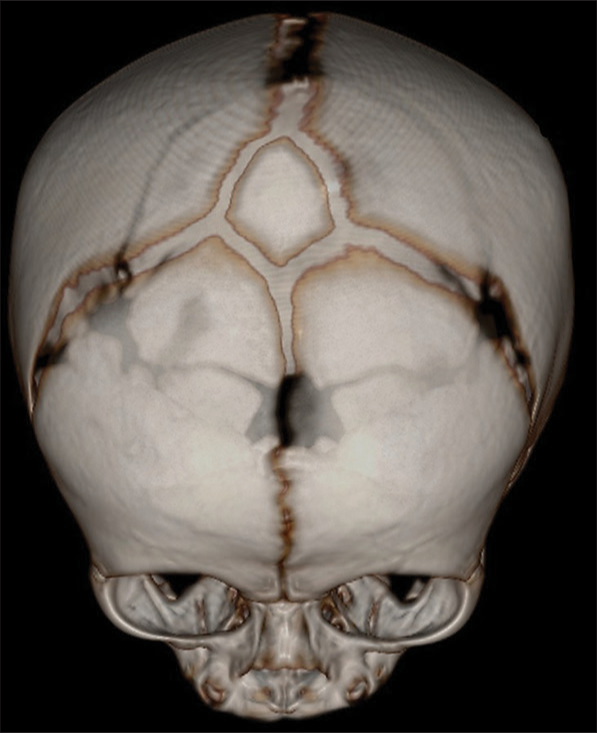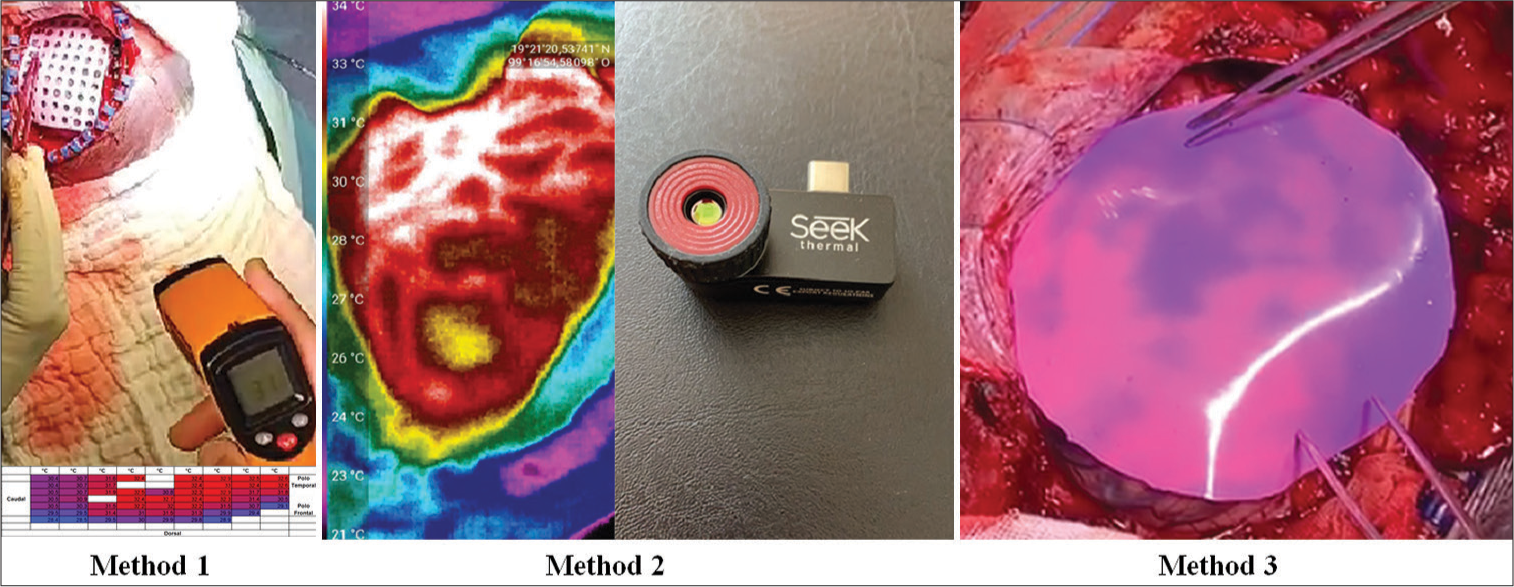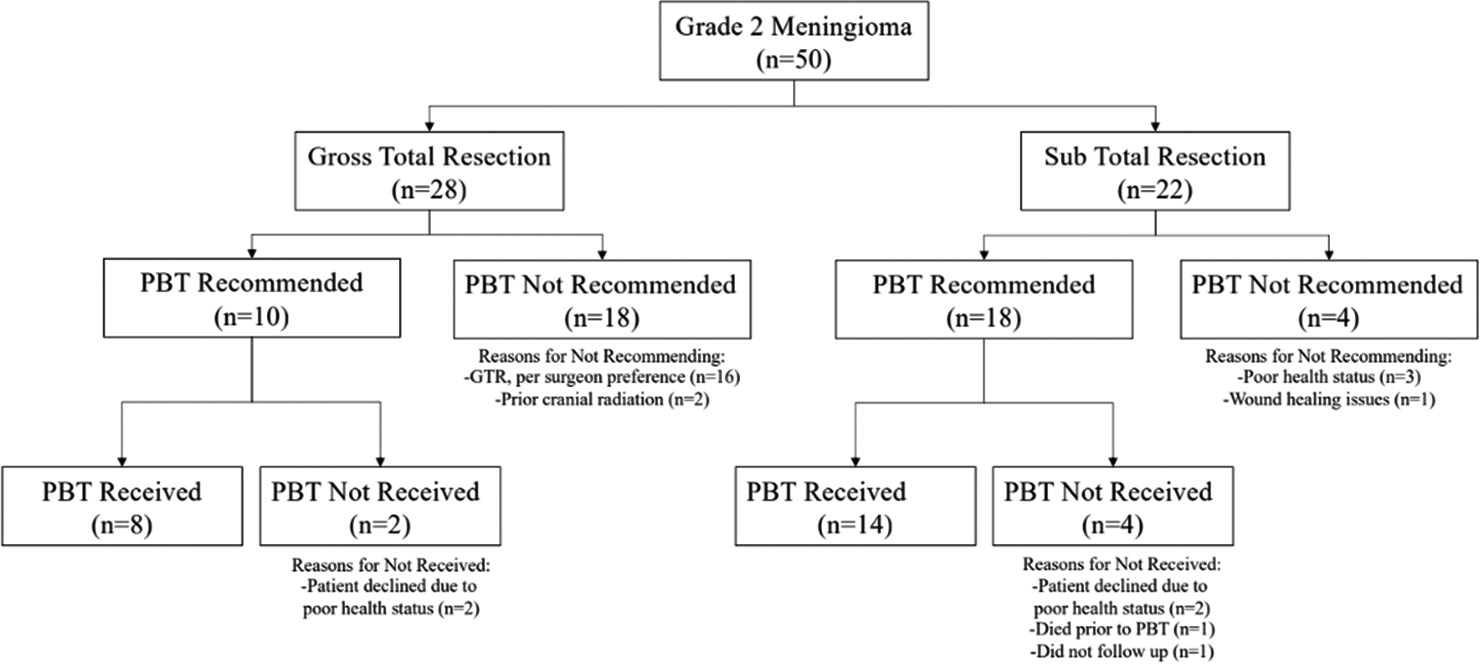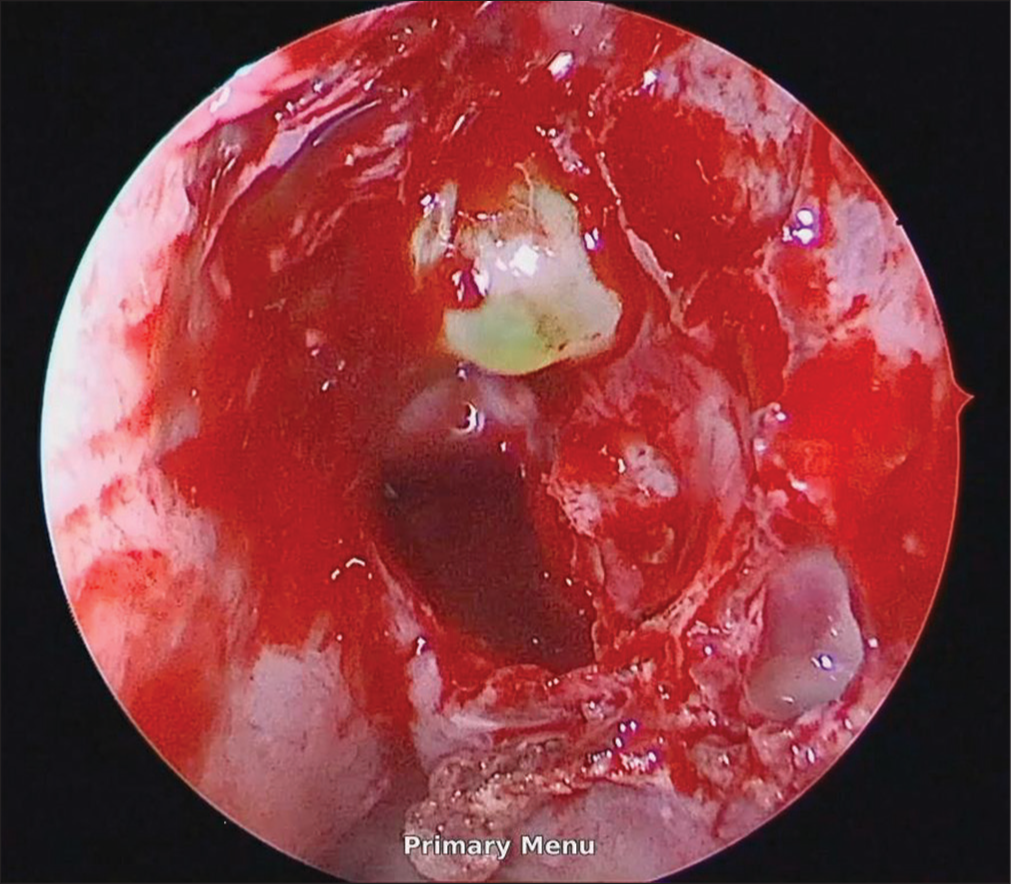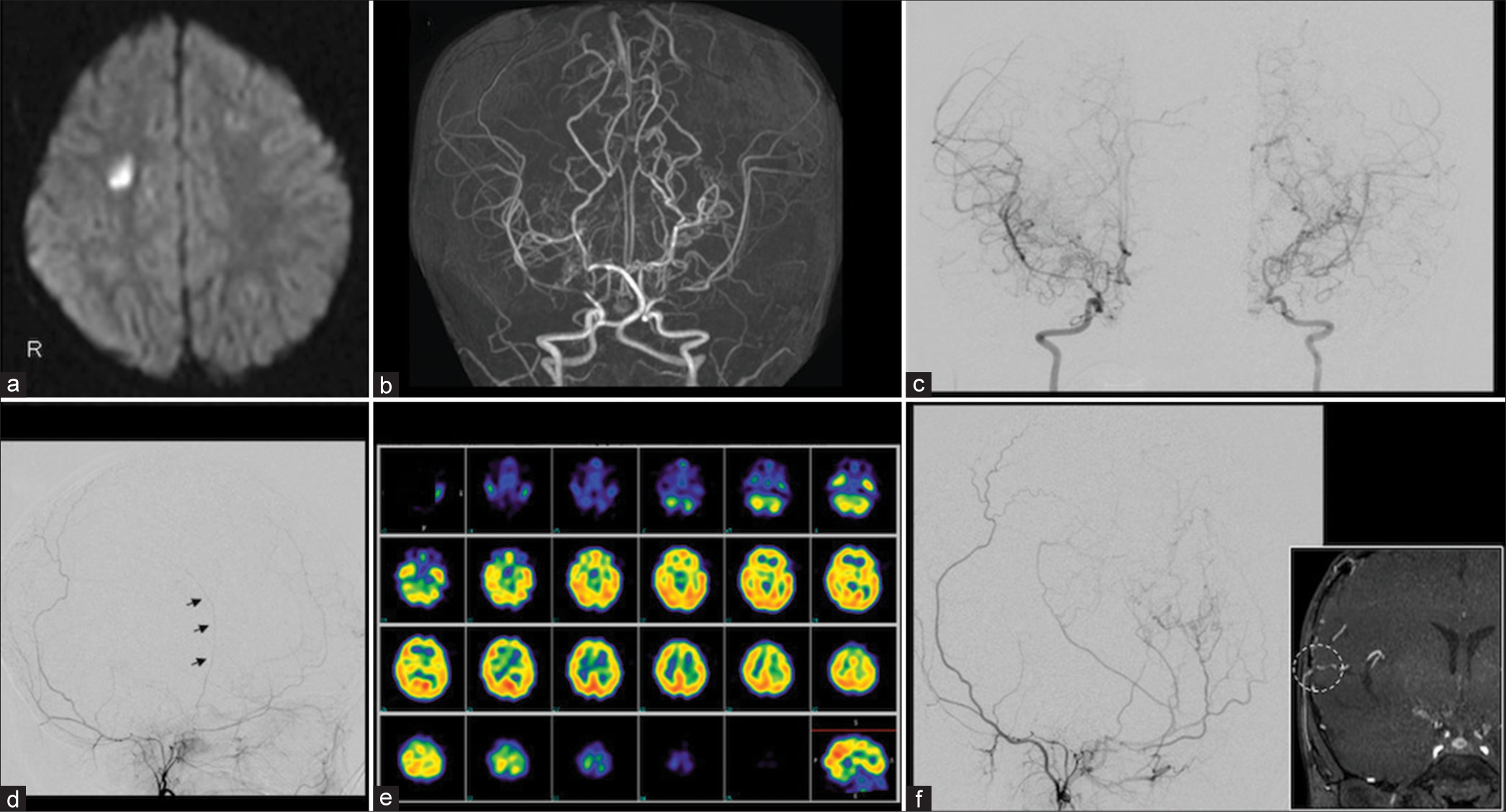Surgical management of intramedullary cervical spinal sarcoidosis complicated by transient unilateral weakness: A case report
Date of publication: 08-Mar-2024
Background: Sarcoidosis, a multisystem inflammatory non-caseating granulomatous disease, can present with neurologic lesions in up to 10% of patients.
Surgical treatment of a giant paraophthalmic aneurysm postfailed flow diversion through endoscopic endonasal approach: Technical nuances and review of the literature
Date of publication: 08-Mar-2024
Background: Giant internal carotid artery (ICA) aneurysms are usually treated through flow diversion, coiling, or a combination of both. However, certain cases that fail the endovascular treatment pose a technical challenge.
A bibliometric analysis of the 100 most-cited clinical articles in the research of intracranial artery stenosis and intracranial atherosclerosis
Date of publication: 08-Mar-2024
Background: Intracranial arterial stenosis (ICAS), caused by intracranial atherosclerosis, is one of the major causes of ischemic stroke. This study identified the top 100 most-cited publications on ICAS through a bibliometric analysis.
Periprocedural management of ruptured blister aneurysms treated with pipeline flow diversion
Date of publication: 08-Mar-2024
Background: Blister aneurysms are high-risk intracranial vascular lesions. Definitive treatment of these lesions has been challenging. Severe disability or mortality rates are as high as 55% when these lesions are treated with open surgery. Recent data show that flow diversion is a safe and effective alternative treatment for blister aneurysms. Rerupture of the functionally unsecured lesion remains a concern as flow diversion does not immediately exclude the aneurysm from the circulation.
Perspective: Operate on lumbar synovial cysts and avoid ineffective percutaneous techniques
Date of publication: 01-Mar-2024
Background: Lumbar synovial cysts (LSC), best diagnosed on MR studies, may cause symptoms/signs ranging from unilateral radiculopathy to cauda equina compressive syndromes. Attempts at percutaneous treatment of LSC typically fail. Rather, greater safety/efficacy is associated with direct surgical resection with/without fusion.
Fontanellar bone - A rarity in pediatric cranial abnormalities
Date of publication: 01-Mar-2024
Background: Fontanelles, membranous gaps in the infant skull, are integral for accommodating the expansion of the skull by the growing brain postnatally. The anterior fontanelle, situated at the frontal-parietal bone intersection, typically closes gradually within the first two years. Fontanellar bone, an exceedingly rare ossification anomaly of the anterior fontanelle, clinically mimics craniosynostosis.
Thermosensitive/thermochromic silicone and infrared thermography mapping in 60 consecutive cases of epilepsy surgery
Date of publication: 01-Mar-2024
Background: Epilepsy surgery represents a therapeutic opportunity for those patients who do not respond to drug therapy. However, an important challenge is the precise identification of the epileptogenic area during surgery. Since it can be hard to delineate, it makes it necessary to use auxiliary tools as a guide during the surgical procedure. Electrocorticography (ECoG), despite having shown favorable results in terms of reducing post-surgical seizures, have certain limitations. Brain mapping using infrared thermography mapping and a new thermosensitive/thermochromic silicone (TTS) in epilepsy surgery has introduced a new resource of noninvasive and real-time devices that allow the localization of irritative zones.
Adjuvant proton beam therapy in patients with grade 2 meningiomas
Date of publication: 01-Mar-2024
Background: The World Health Organization (WHO) grade 2 meningiomas behave aggressively with a high proclivity toward recurrence despite maximal surgical resection. Our institution, a pioneer of proton therapy, uses exclusively proton beam radiation, and thus, we present a retrospective cohort analysis of patients with WHO grade 2 meningiomas treated with adjuvant proton beam therapy (PBT) at our institution between 2007 and 2019. The effects of adjuvant PBT were evaluated.
Management of cerebrospinal fluid rhinorrhea as a rare complication of antiphospholipid syndrome
Date of publication: 01-Mar-2024
Background: Antiphospholipid syndrome is a complex autoimmune condition associated with the formation of recurrent thrombosis in any vascular bed throughout the body. Jugular vein thrombosis is very rare with only a 0.9% occurrence and is not typically associated with cerebrospinal rhinorrhea as a result of raised intracranial pressure.
Usefulness of combined bypass surgery for moyamoya disease in infants under 1 year of age: A technical case report
Date of publication: 01-Mar-2024
Background: Among pediatric cases of moyamoya disease (MMD), cerebral ischemic symptoms often progress and worsen rapidly in infants under one year of age; therefore, it is important to treat them as early as possible. However, direct bypass surgery is often technically difficult for infants due to their small blood vessels. Here, we describe our technique to resolve the technical challenges encountered during superficial temporal artery-to-middle cerebral artery (STA-MCA) bypass surgery in infants aged <1 year with MMD, focusing on specific procedures.


